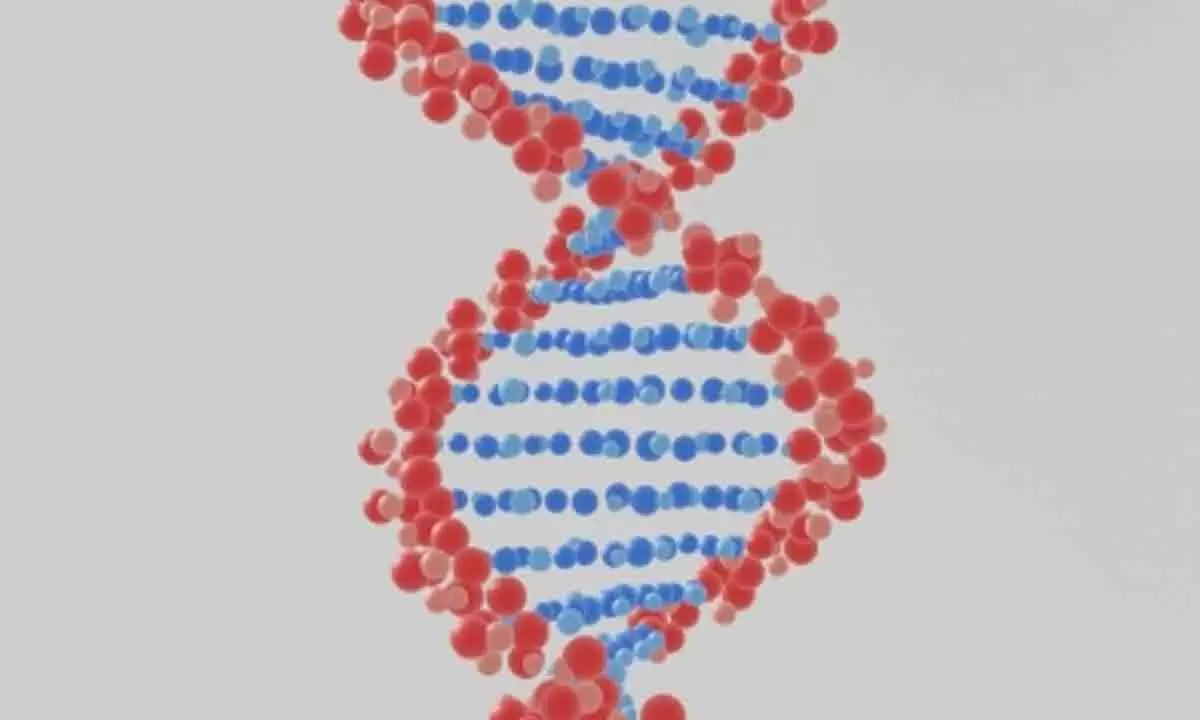Live
- Ram Charan's Game Changer Gets Ticket Price Hike Approval
- Supreme Court Grants Relief to Mohan Babu in Journalist Attack Case
- Women, children development to top agenda at Udaipur meet from Jan 10
- Antony asks Cong leaders to concentrate on Kerala local body polls, not on next CM
- Sreeleela Sparks Dating Rumors After Spotted with Ibrahim Ali Khan in Mumbai
- Revalli mandal Government is working hard for farmers' welfare: Bhatti
- Free Fire MAX Redeem Codes for January 9, 2025: Unlock Exclusive Rewards Now
- Researchers decode average life expectancy after dementia diagnosis
- Demat accounts in India hit record 185 million in 2024
- South United Football Club to host first-ever inter-city tournament to elevate grassroots football








